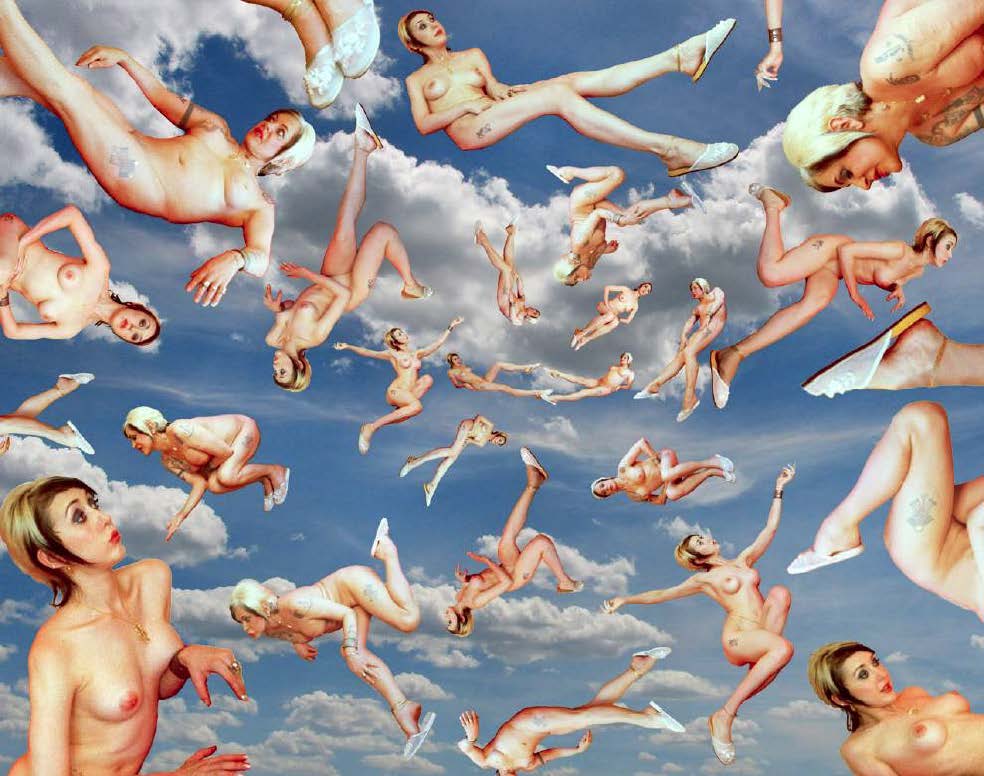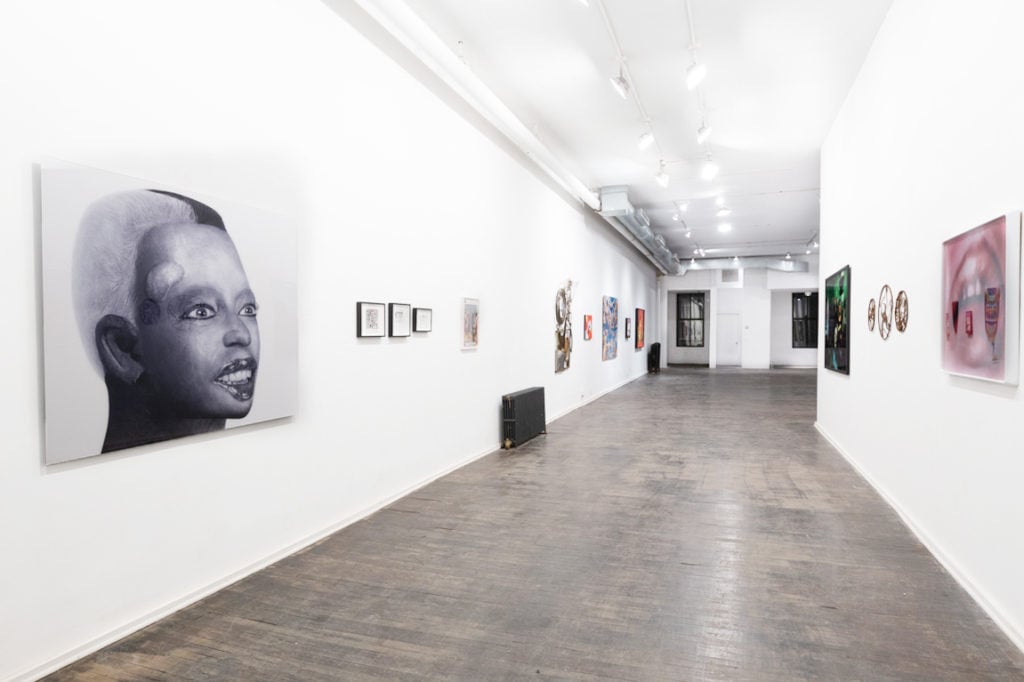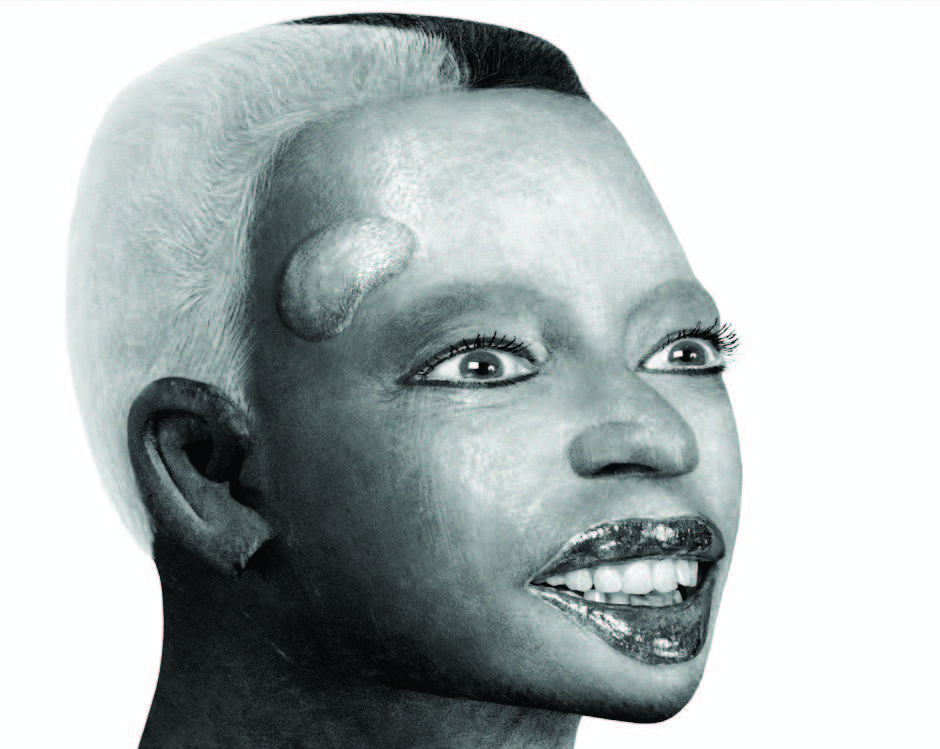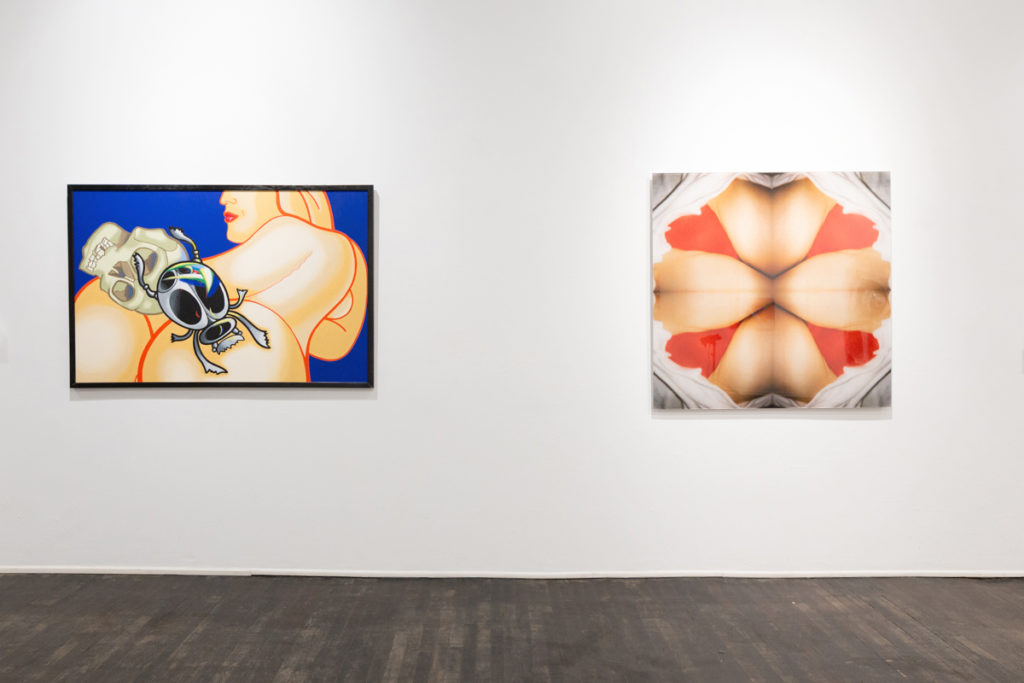Throughout the 20th Century, Art Movements Launched in the Wake of Turbulent Times. A New Show Suggests Another Is Forming Now


Artnet Gallery Network

Dadaism, Abstract Expressionism, Pop Art—many of the defining art movements of the last century coalesced during or after times of turmoil or war. During these moments, artists were in search of new ways to address and reflect their changing reality.
The same thing might be happening now. With shifting mores and eruptions of violence, societies around the world are faced with rapidly changing conditions of day-to-day life—and their artists are tasked with representing these changes.
How are they doing this?
According to Anthony Haden-Guest, famed writer, historian, and an artist himself, one way is through a return to figuration—what he calls the “recognizable image.” Haden-Guest has (ahem) guest curated “Our New Real is the Surreal,” a new group exhibition and the inaugural effort by a new mercurial curatorial initiative in New York called Orange Art Projects. The show features pieces by Irena Jurek, Wilhelm Shenrok, and even Guest himself, who shows a series of cartoons riffing on Apple’s Siri.
“While currently, no cohesive movement show any signs of emerging, the use of figuration by artists—such as those in this show—indicates their engagement with real word stuff,” Guest tells artnet News. “Powerful abstraction, from Rothko to Sean Scully, conveys states of feeling, but obviously cannot tangle with specific issues.”

Installation view of “Our New Real is the Surreal,” 2018. Courtesy of Orange Art Projects.
“It’s not Surrealism, per se; that was a specific theory based on psychoanalysis and automatic writing and a number of other things. What we’re seeing now is a lot of jangled and broken figuration, which cannot really be described as Surrealism, I don’t think; it’s its own thing.”
The work in the show ranges in medium but is united in its strange, often absurdist depictions of its subjects. For instance, a black-and-white photo of a “hybridized” African woman by French artist-provocateur Orlan lives next to a mixed-media collage by Genesis P-Orridge that juxtaposes cartoon cutouts with pornographic clippings.

ORLAN, Self-hybridation africaine/ African Self-hybridization (2002). Courtesy of Orange Art Projects.
The extremes to which these artists go in their distortions of form is of great interest to Guest, who sees these strategies as a means of being noticed—a feat much harder today than it was 100 years ago.
“Back in the early part of the 20th century, when there was a very smug, very powerful bourgeois world, artists could feel that when they did stuff, people were going to pay attention,” he says. “Now, I think we’re all a bit numb. It’s just one excess after another. What could Trump do that would astound or amaze you at this point that he’s not done already?”
The show also features work by Ajuan Song (made in collaboration with Kuzma Vostrikov), a New York-based photographer who co-founded Orange Art Projects with Guest and a rotating collective of other artists—as yet unnamed—this fall. The group has no permanent exhibition space; instead, it will mount shows in different locations around the city based on the size and nature of the project at hand.
The initiative was a “reaction to cultural and social discourse and anxiety in the world,” explains Song, who is in charge of managing the group’s exhibitions. Their debut show, fittingly, embodies this very sense of anxiety.
“Everything is so robotized now,” Song says. “We’re entering a new era, one where all our realities are mediated by the digital. For us, the real is actually surreal. It’s not the way we remember it being.”

Installation view of “Our New Real is the Surreal,” 2018. Courtesy of Orange Art Projects.
“Our New Real is the Surreal” is on view December 13 through 23, 2018, at 40 Wooster Street, New York.